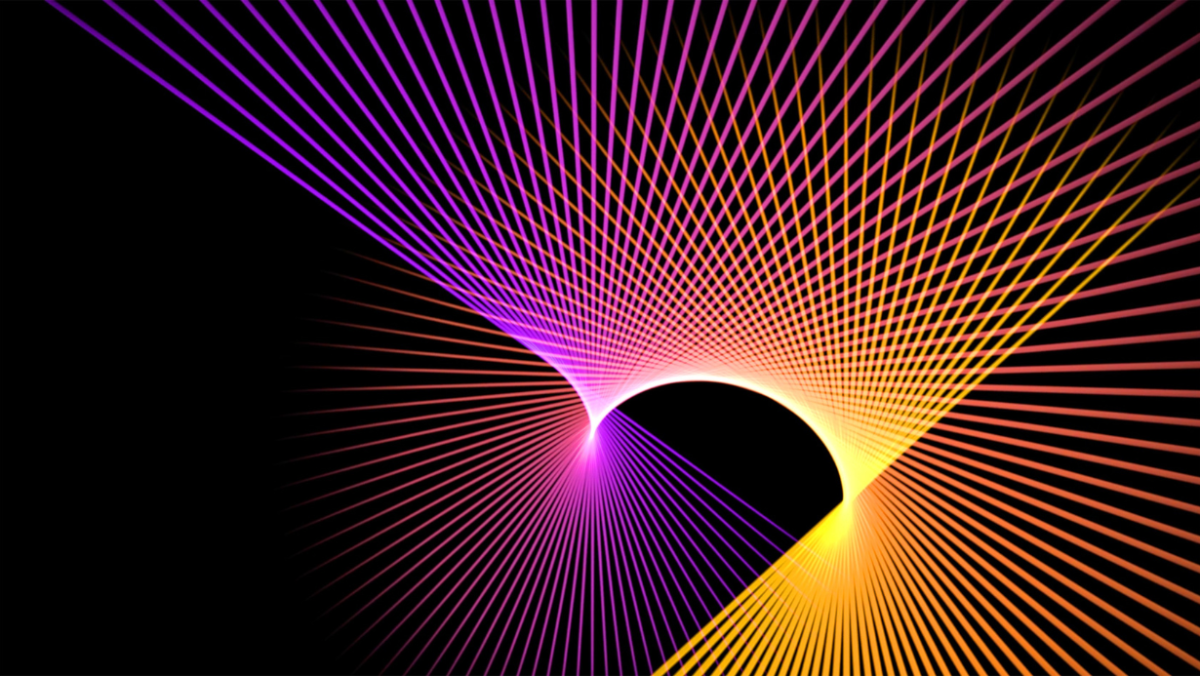Imagine stepping into a video game world so realistic, it’s as if you’ve been transported into an alternate universe. This is no longer the stuff of science fiction, it’s becoming our reality with the advancements in Ray Tracing technology. You’re probably wondering how this is possible. Ray Tracing, an innovative graphic rendering technique, mimics the natural behavior of light to create incredibly lifelike visuals.
But it’s not all sunshine and rainbows – there are serious challenges to overcome.
Stick around; we’re just getting started on this fascinating journey into the future of graphics.
Understanding Ray Tracing technology
To truly appreciate the impact of ray tracing technology, you’ve got to understand its unique workings and capabilities. It’s a revolutionary method that’s changing the way we experience graphics. Imagine a ray of light; it bounces around objects, creating shadows, reflections, and diffractions. Ray tracing mimics this natural process, calculating the path of each individual light ray in a 3D scene.
Here’s where it gets impressive: this tech doesn’t just handle millions of rays, it handles billions. It’s like having a super-powered magnifying glass, revealing the most minute details in a scene. This deep level of detail breathes life into graphics, making them hyper-realistic.
However, there’s a catch. Ray tracing requires a lot of computational power. That’s where GPUs come into play. Modern GPUs, especially those built for gaming, are designed to handle the heavy lifting. They’re the workhorses that make ray tracing possible, and they’re only getting stronger.
Evolution of graphic rendering methods
Diving into the history of graphic rendering methods, you’ll appreciate how far we’ve come, from the early days of simple 2D sprites to the hyper-realistic 3D graphics enabled by ray tracing.
Initially, 2D sprites, simple bitmap graphics, were all you had. They were two-dimensional, limited in detail, and lacked depth perception. But as technology advanced, so did the visual quality of games. Developers moved onto rasterization, which allowed for the creation of 3D environments. It’s fast and efficient, but it’s not perfect. It often struggles with complex light and shadow scenarios.
Next came ray casting, a precursor to ray tracing. It simulates light paths to create 3D scenes but doesn’t handle reflections or refractions, limiting its realism. You’ve probably seen this in older games like Wolfenstein 3D.
Benefits of Ray Tracing in gaming
Building on this evolution of graphics, ray tracing revolutionizes gaming by offering unprecedented levels of realism. You might wonder how. By accurately simulating light, ray tracing allows you to experience a game in a way that’s closer to how you’d see the real world. Each pixel of light in a game’s environment is traced, providing lifelike shadows, reflections, and refractions.
Imagine playing a first-person shooter. With ray tracing, the flash of an explosion reflects off a nearby car, helping you spot an enemy lurking in the shadows. In a racing game, the sun’s rays bounce off the car’s shiny exterior, giving you a sense of speed and distance. These aren’t pre-rendered effects; they’re real-time calculations that adapt to every move you make.
Furthermore, ray tracing enhances immersion, making you feel like you’re part of the game. You’re not just playing; you’re in there, living the action.
Challenges in implementing Ray Tracing
Despite its impressive capabilities, implementing ray tracing isn’t without its challenges. You’ll find the primary hurdle is the heavy computational demand. Your system needs to simulate the journey of millions, if not billions, of light rays per frame, which requires immense processing power. This can slow down rendering times and limit real-time usage, making it a significant issue for video games where smooth, quick rendering is crucial.
Additionally, you may encounter issues with noise. When you don’t use enough rays, your image can appear grainy or noisy. While you can utilize de-noising techniques, they can also contribute to longer rendering times.
Lastly, ray tracing’s adoption is hindered by a lack of hardware support. Currently, only higher-end graphics cards support this technology, making it inaccessible for most consumers. There’s also a learning curve involved in implementing ray tracing into existing graphics engines, posing another obstacle for developers.
Future prospects of Ray Tracing technology
Even with these hurdles, it’s clear that the future of ray tracing technology holds exciting possibilities. You’ll witness more realistic gaming experiences, with graphics so lifelike that you’ll feel as though you’re a part of the game world itself. Consider the film industry too, where ray tracing can create stunning visual effects that were previously impossible.
Let’s look at the table below:
| Future Prospects | Potential Impact | Timeline |
|---|---|---|
| Gaming Industry | Enhanced Realism | 2-3 years |
| Film Industry | Improved Visuals | 1-2 years |
| Virtual Reality | Immersive Feel | 3-4 years |
| Architectural Visualization | Realistic Renderings | 2-3 years |
| Scientific Visualization | Accurate Simulations | 3-5 years |
The potential impact of ray tracing technology extends to applications like virtual reality, architectural visualization, and scientific simulations. Imagine walking through a virtually recreated historical site or exploring a complex scientific concept. These are just glimpses of what’s to come in the next few years. While it’s certain that the technology requires more refinement, the future of ray tracing technology is undoubtedly promising.
Conclusion
While the road to implementing ray tracing is marked with challenges, its benefits in gaming are nothing short of revolutionary. You’ve seen it evolve from a mere concept to a promising reality, redefining graphic rendering.
It’s a tough road, sure, but isn’t every path to the future? So as you stand on the brink of a new era, understand this: ray tracing isn’t just about realistic graphics, it’s about crafting a future that’s as vivid as life itself.
Frequently Asked Questions
What Hardware Is Required to Support Ray Tracing Technology?
You’ll need a powerful graphics card, like Nvidia’s RTX series, which supports ray tracing. Also, ensure your CPU’s robust enough to handle the additional load. Don’t forget sufficient RAM and storage space as well.
How Does Ray Tracing Technology Impact the Performance of a Computer or Gaming Console?
Ray tracing can significantly impact your computer’s performance. It’s a complex process that demands a lot of computing power, potentially slowing down your system if it’s not equipped with the necessary hardware.
Are There Any Popular Games Currently Utilizing Ray Tracing Technology?
Yes, there are popular games utilizing ray tracing tech. You’ve got Cyberpunk 2077, Minecraft, and Call of Duty: Modern Warfare. They’re using this tech to deliver stunning, lifelike graphics that amp up your game experience.
What Industries, Aside From Gaming, Can Benefit From Ray Tracing Technology?
Beyond gaming, you’d marvel at how many markets might make use of ray tracing technology. The film industry, architectural visualization, automotive design, and virtual reality could all benefit from this cutting-edge graphic rendering technique.
How Does Ray Tracing Technology Affect the Cost of Video Game Development?
Ray tracing technology increases your game development costs. It requires more powerful hardware and intensive programming. However, it’s a worthwhile investment for the stunning, realistic graphics you’ll be able to deliver to your gamers.










